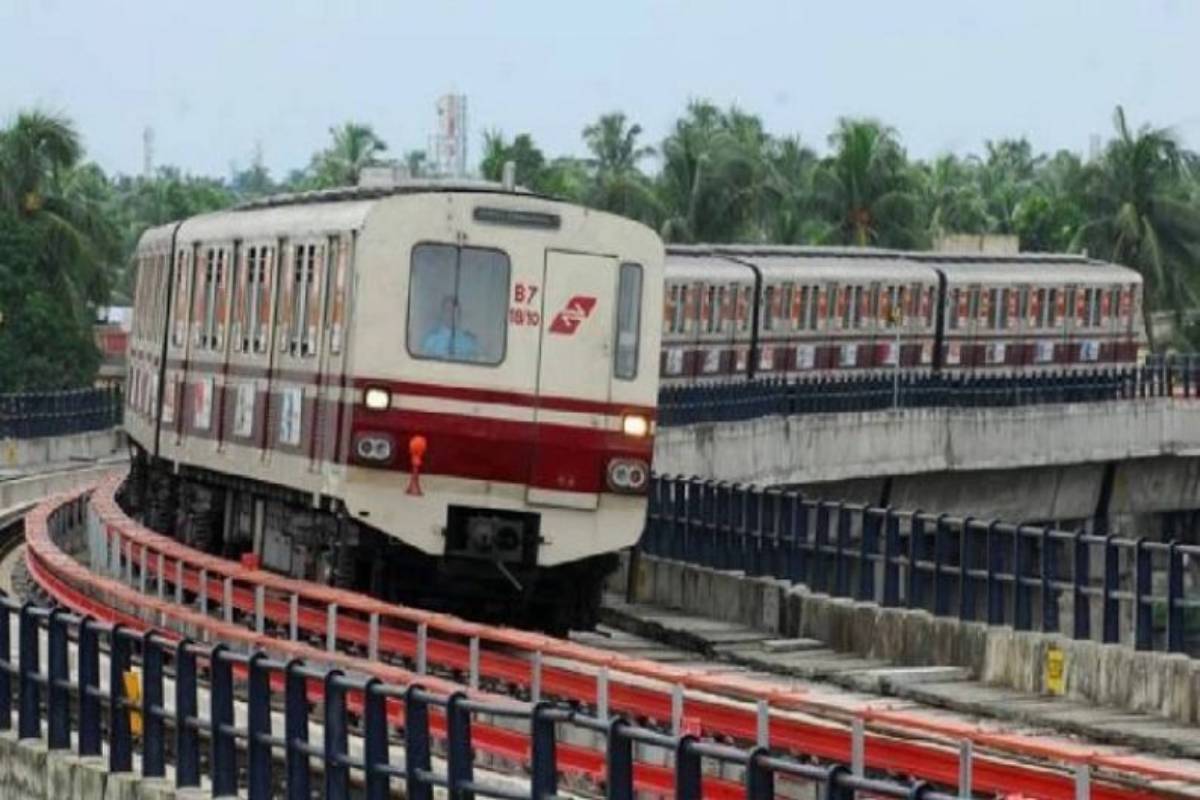As the second phase of the traffic block in Green Line I and II are in effect till Sunday, two rakes from the existing fleet have been upgraded with the communication-based train control (CBTC) for conducting the tests of the advanced signalling system.
According to official sources, the operational stretches of the East-West Metro Corridor, including Green Line I and Green II, are equipped with CBTC. The new software has now been installed and being tested in the remaining 2.5 kilometres between Esplanade and Sealdah Metro stations for which commercial services in the two stretches of the Green Line have been suspended for four days from 20 February.
Advertisement
As the software used for the commercial runs of the operational stretch is different from the one being tried and the switching of software requires three to four hours, a complete block of the entire corridor is needed for the trials. “Every time testing is done, the new software needs to be run in all stretches across the corridor including the interlocking part, automatic train supervisory part CBTC part of the train and the local equipment and so on,” informed an engineer. “After the commercial hours, it is very difficult to change into the new software and then revert to the revenue software everyday. So, the trials need a complete block,” he added.
The ongoing tests being carried out between 6 a.m. and 10 p.m, the speed of the train is restricted to 30 to 40 kmph. It would be increased gradually during further trials. “There are several aspects and parameters of the ongoing tests and trials including high speed tests, train separation test movement authority limit test, emergency stop plunger activation test, overshoot recovery test that are to be done from different angles at various spans. The tests are being done in different scenarios in forward and reverse directions,” explained the engineer. The civil department of the project is also proposed to carry out the vibrations above the ground as an impact of train movements in the two tunnels in this block. The tests would be crucial for the mishap-affected Bowbazar area, according to the engineer.
The implementing agency had sought a traffic block of 45 days for conducting the tests. Later, it was being thought of cutting short to 30 days. So far, two blocks of four days’ each have been taken. As of now, the tests are said to have been done smoothly with some minor issues. According to sources, the decision of further blocks would be taken by the authorities after assessing the test reports of the two blocks. “Whether the system is ready for commercial operations is difficult to say now. It is a new software. Therefore, rigorous testing is required. Validating the software in different scenarios with intensive trials, will take some time, said the engineer.
After the tests on the two rakes are completed, the remaining 12 rakes of the fleet would also have to be upgraded with the CBTC system. The rolling stock would also have to be tested with the new software before being rolled out for commercial services.









